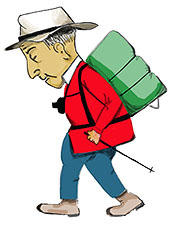The images in this collection represent my challenge to discover the storybook Denmark of my imagination. The images are real, but certainly do not represent to modern creative Denmark that has emerged and World War II. To represent that Denmark would be a different challenge for me. As I write that sentence, I am aware of the contrasting feeling in my chest. It’s a sad feeling. My internal invented fair tail Denmark feels comfortable, while the modern feels empty and foreign, too real. So, there, I am confronted with the comfort illusion and the challenges of the ever changing, non-static world.

Ribe Home
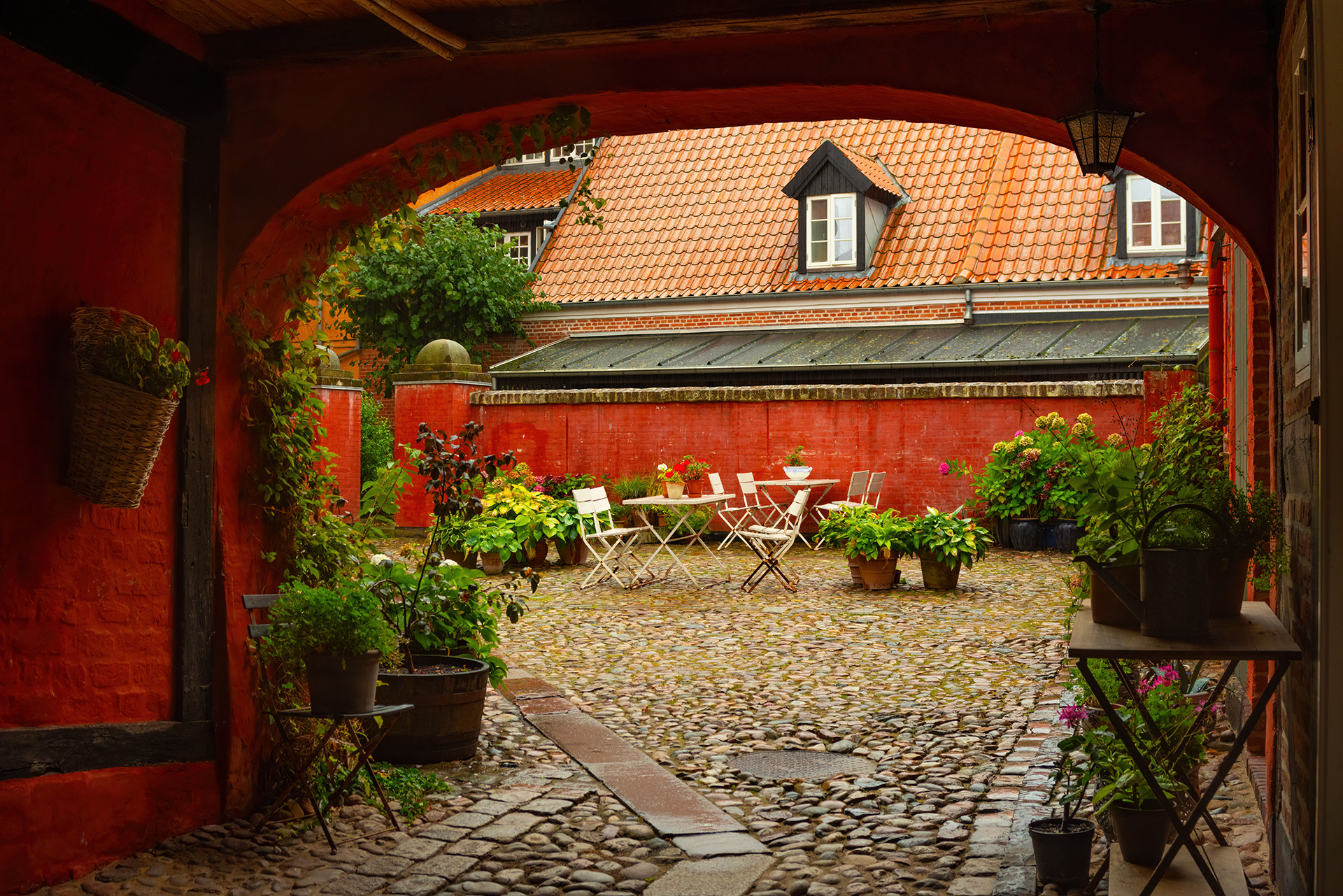
Copenhagen Courtyard

Aarhus Courtyard

Aarhus Courtyard

Aarhus Steer
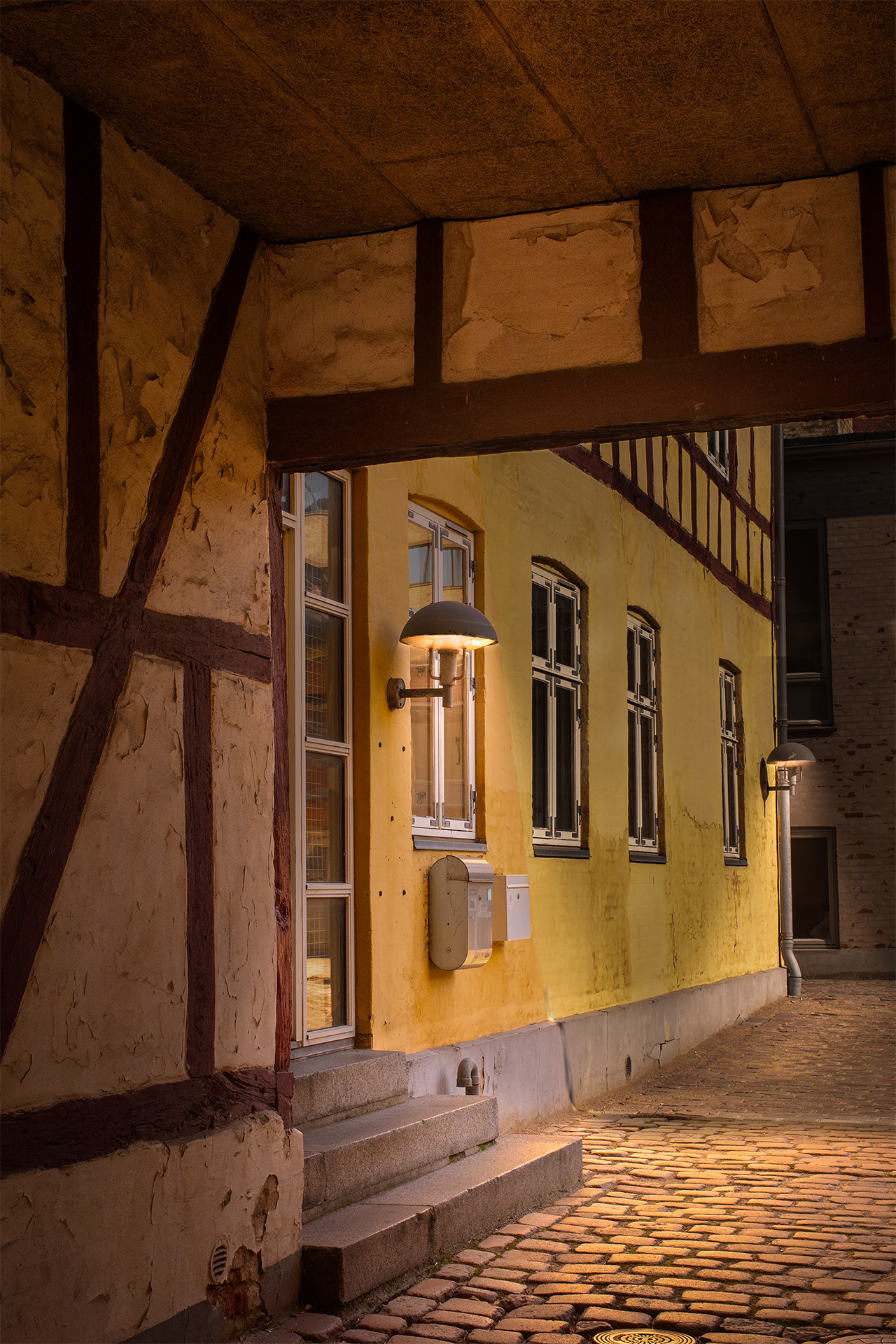
Aarhus Courtyard

Aarhus Street

Aarhus Courtyard

Hans Christian Anderson Home.
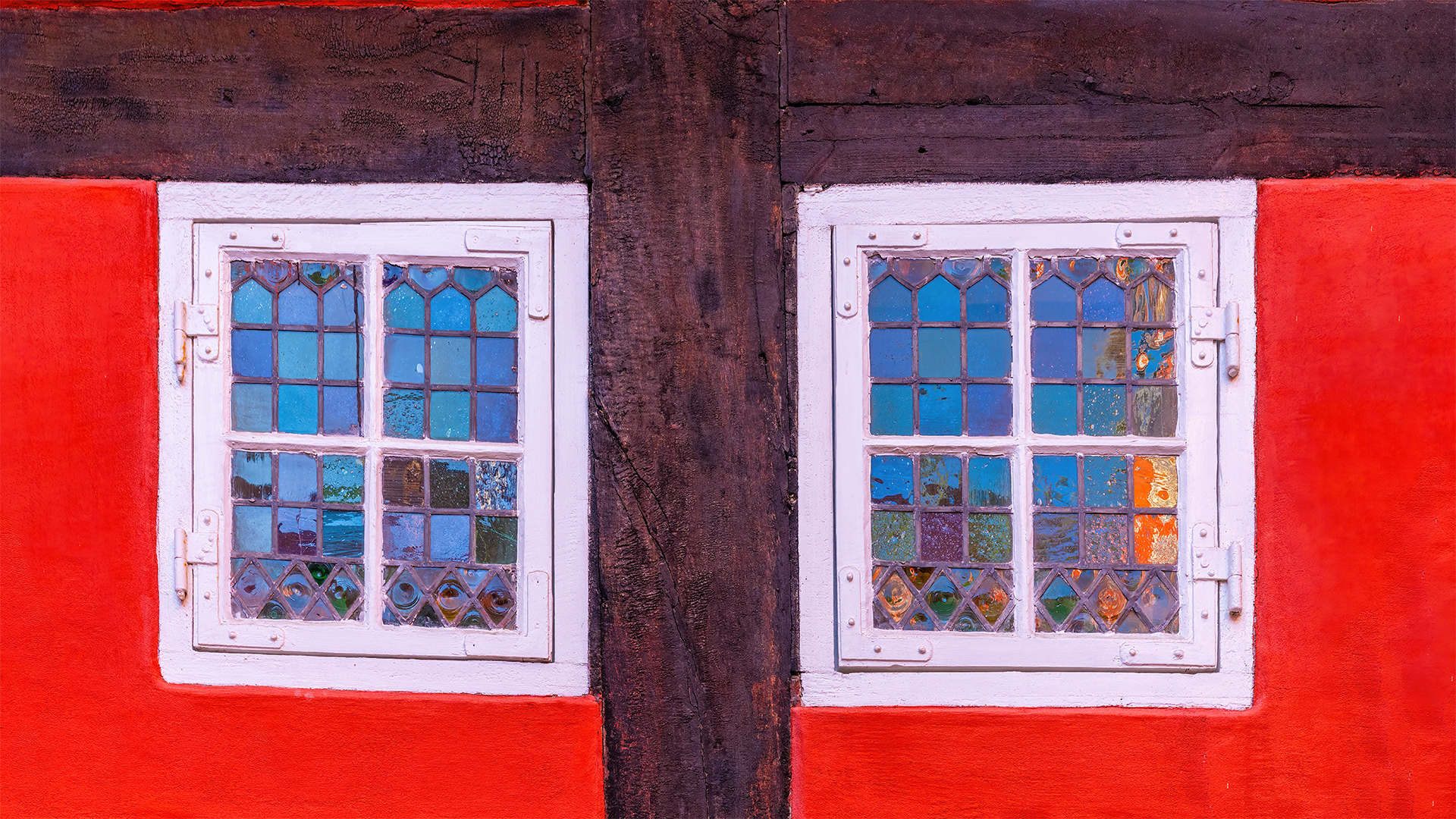
Medieval construction
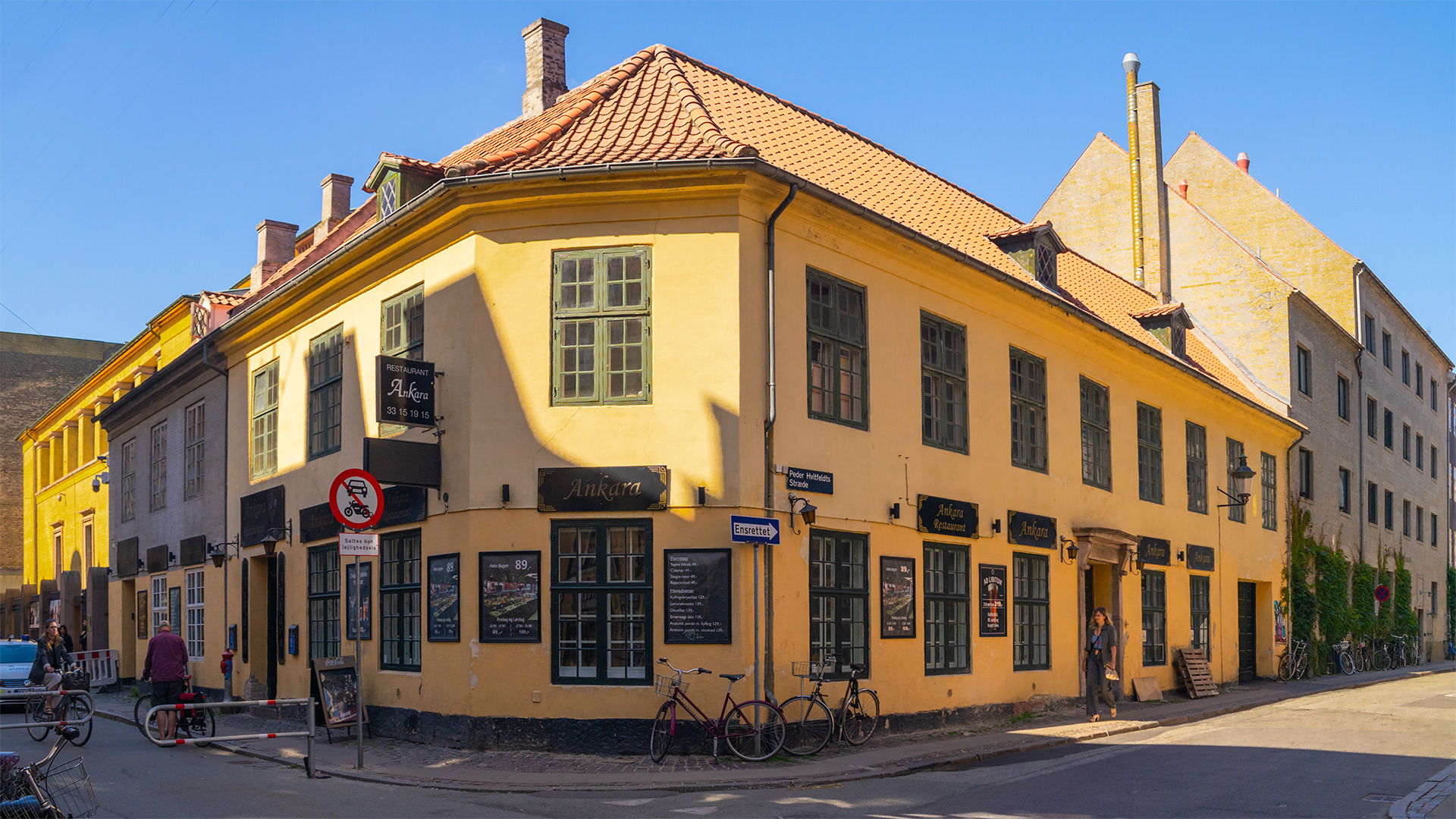
Jewish Ghetto Community

Windmill near Sonderborg

Old Odense Street

Royal Danish Guard
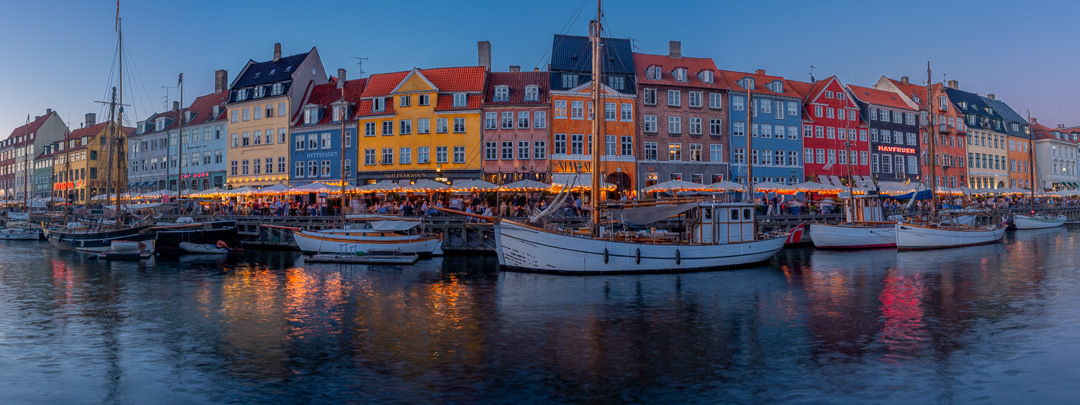
Old Copenhagen Commercial Harbor

Tivoli Garden

Tivoli Garden

Danish Sunset

Jewish ghetto Overlook

Viking Archeologic Reconstructed Ships
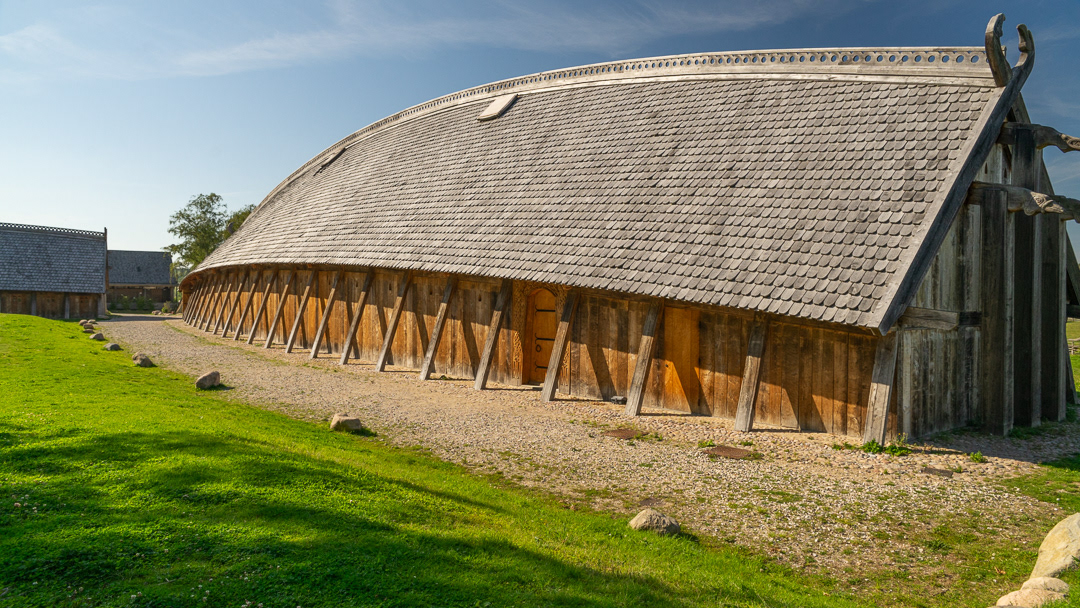
Viking Meeting Hall
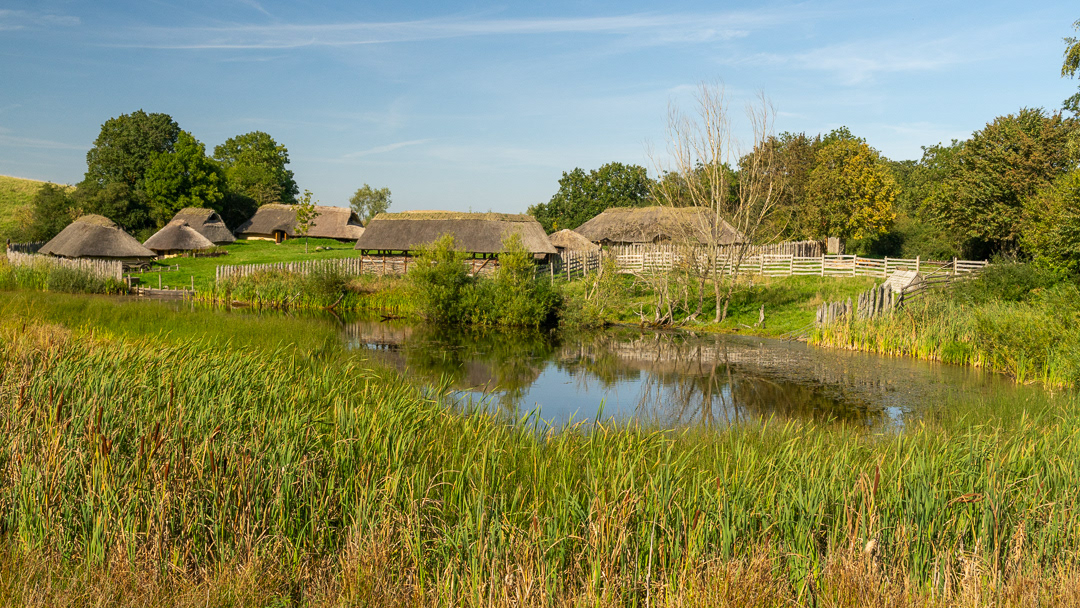
Viking Village
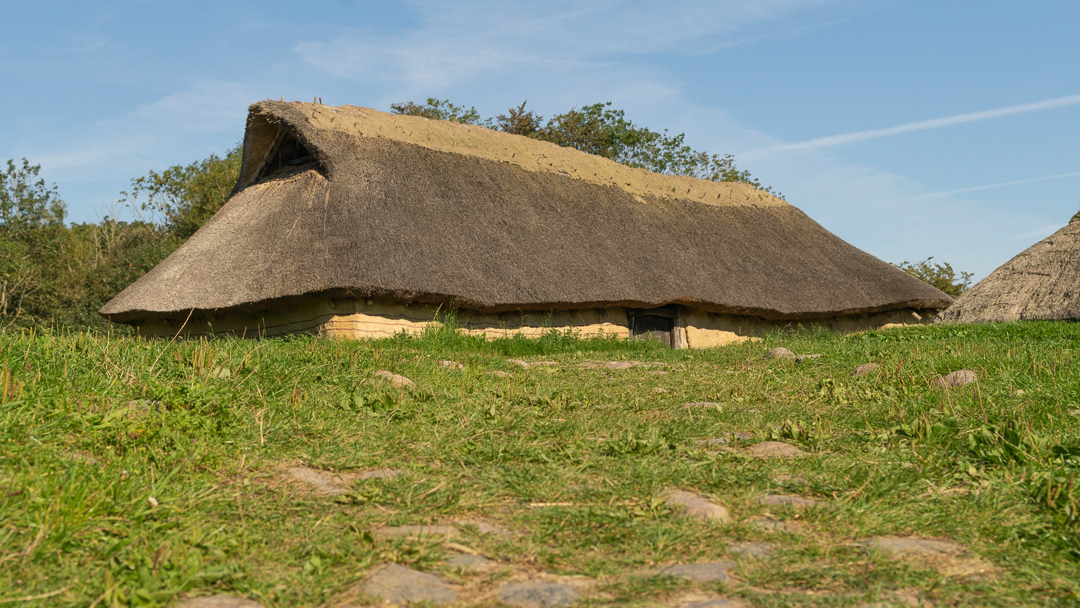
Early Viking Community Hall

Viking Workshop
My daughter and I have been planning for a few years to travel to Denmark, the land I was born into the world. I left all that I knew when I was 5 years old. I had no idea I would never return during my formative years. I am 77 years old now. Yes, it has been 72 years since leaving.
The project I had in mind was far too ambitious, since much of the exploration centered around finding and experiencing what had been. The house I lived in, still there as it was then. The apartment building by grandparents lived in. The streets I walked with my mother to see the hunting Disney film for an impression little boy, “Pinocchio”.
My daughters question what to discover, experience and document the places and structures that generations of fore parents experienced significant milestones in their lives (churches that they were married in. graves that hold them or once did. The tree of lives is higher and wider than I had any awareness of.
To my surprise the Danes have agreed on a community structure that on the surface (as a tourist) presents supper clean streets, neat well-maintained buildings, ancient and modern buildings, color and subtleties that are agreeable. Transport is organized. The locals appear to uniformly agree with the conventions associated with transport. There are pedestrian sidewalks, next to bike lanes, next to car lanes. Many streets are one way. The locals again appear to agree with the conventions that on the right pedestrians and bikes go the same direction. At intersections everyone stops and the red light. There are no free right turn privileges. Patience is a virtue that is exercised.
The Denmark we travel through is a land of sand. There is sand everywhere. It is flat. The only large rocks we saw look like river rock, meaning there are not sharp edges, thus, it is likely they were transported for northern glaciation. In older communities, (I mean by older in the 1300s), narrow crowned coble stone streets with depressed surface water drainages were normal. Buildings were built two to three feet away. If you were to bring up a google earth map of towns like Ribe, Aarhus, or Copenhagen, notice how the buildings are constructed. Most of the buildings in the older communities have internal court yards. During the time of their construction, wagons, carts, and animals would be kept there since there was no space on the streets for them.
Denmark is outside the cities is predominately rural farmland. All the road we travel on Jutland, (That’s the peninsula coming out of northern Germany), were narrow 1 and a half car width rural roads. Yes, when confronted with oncoming cars, we or they would pull over to let one of us pass. All were paved, except one that was gravel. That was such a stark contrast to my experience, for instance in Easter Washington, or my travels in the Midwest.
Most farm buildings, with few exceptions, were square compound, (like a box with one side missing). Living quarts and animals share the same structure. When there was a detached home, it would be a modest brick structure. As a matter fact, most of the building in Denmark are brick. There are some thatch roofs, but mostly with tile.
In the mornings, my daughter and I would frequent bakeries. We discovered, Danes like fresh baked breads. These bakers look like bee haves, people coming from all directions, cars, bikes, and walkers. They get their baked goodies and leave with some degree of urgency. We did too, since eating a warm role with butter and cheese is such a delight to the senses. Oh, yes, can’t forget the coffee.
